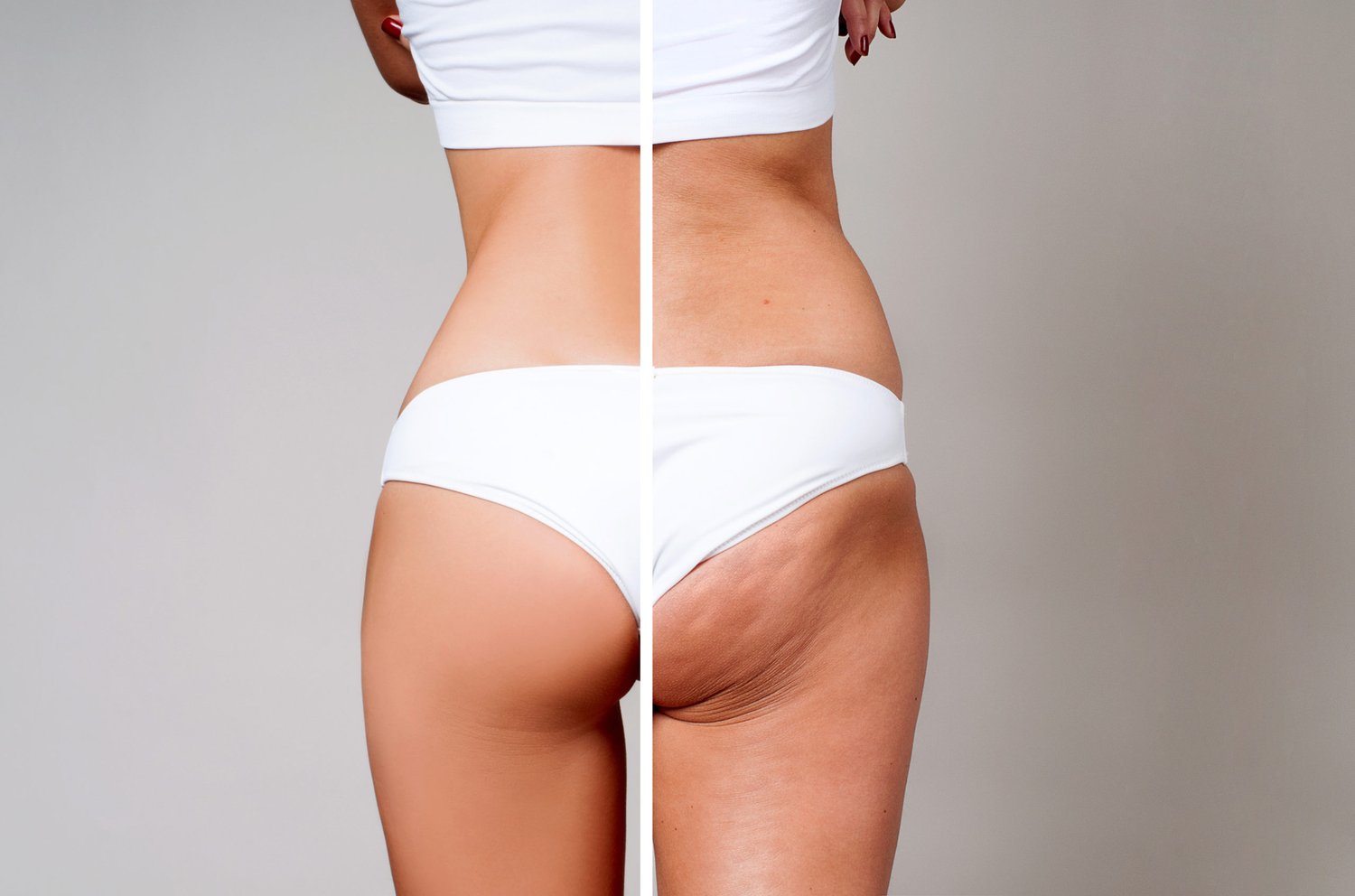Cellulite is a common cosmetic concern affecting many individuals, typically appearing as dimpled, uneven skin, often around the thighs, hips, and buttocks. While numerous treatments promise to smooth the skin, it’s important to determine if your treatment is genuinely effective. Here’s how you can assess whether your cellulite treatment is truly working.
Understanding Cellulite:
Before evaluating the effectiveness of a Cellulite Treatment in Dubai (إزالة السيلولايت في دبي), it’s crucial to understand what cellulite is. Cellulite occurs when fat deposits push through the connective tissue beneath the skin, creating the characteristic bumpy texture. Factors such as genetics, hormones, diet, and lifestyle habits can influence its development. Cellulite is completely harmless, but it can affect self-esteem, prompting many to seek treatment for smoother skin.

Treatment Options for Cellulite:
There are a variety of treatments available to address cellulite, including topical creams, massage therapies, laser treatments, and body contouring procedures. Some methods are minimally invasive, while others are non-invasive or require several sessions to see results. Each treatment works differently, so understanding how it targets the root causes of cellulite is vital in determining its success.
Short-Term Results: What to Expect
In the early stages of treatment, some individuals might notice a temporary improvement in the appearance of their skin. This could include smoother texture or reduced dimpling. While this is encouraging, it’s important to manage expectations. These short-term results may not be permanent and could fade after a few weeks or months. Keep track of any changes in your skin’s appearance over time to gauge whether the results are lasting.
Long-Term Effectiveness: Assessing Lasting Results
For a cellulite treatment to be deemed effective, it must deliver lasting improvements. This can vary from person to person, as the results depend on factors like the severity of cellulite, skin type, and adherence to treatment protocols. If your treatment is working, you should notice a gradual reduction in the appearance of cellulite over time. In some cases, long-term results require ongoing maintenance treatments or lifestyle changes, such as regular exercise and a healthy diet.
Signs Your Treatment Is Working:
One of the key signs that your cellulite treatment is working is the visible reduction in dimpled skin. You may also experience firmer skin and a more even texture. If the treatment is reducing the appearance of cellulite in specific areas, such as the thighs or buttocks, this is a positive indicator that your efforts are paying off. Tracking changes over a few months and taking before-and-after photos can help you objectively assess the progress.
Potential Plateaus in Treatment:
It’s important to remember that cellulite treatments can reach a plateau. After an initial phase of improvement, you may notice fewer changes, or the results may slow down. This doesn’t necessarily mean the treatment isn’t working; it could be a natural part of the process. At this stage, you might need to consider additional treatments or combine methods to enhance the effects. Consulting with a professional can help tailor the treatment to meet your specific needs.
Staying Committed to the Process:
Cellulite treatments often require patience and persistence. While some treatments may show quick results, others might take longer to produce visible changes. Maintaining a healthy lifestyle, including a balanced diet, staying hydrated, and incorporating regular exercise, can help improve and sustain the results. Being committed to the process, both during and after treatment, plays a crucial role in achieving the best outcome.
Conclusion:
Determining whether your cellulite treatment is truly working involves monitoring the visible changes in your skin over time. By understanding the factors that influence cellulite and evaluating both short-term and long-term results, you can make informed decisions about continuing or adjusting your treatment plan. Keep track of your progress and be patient with the process for the best results.

